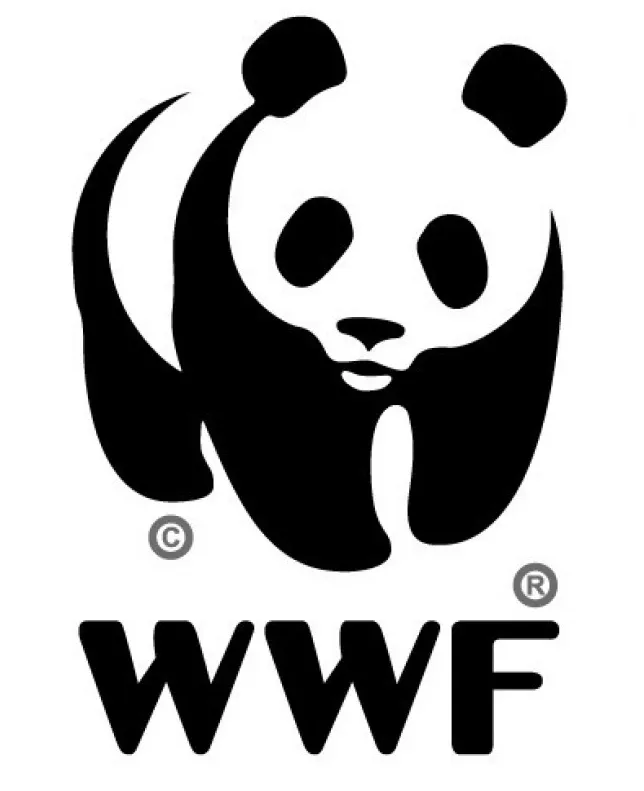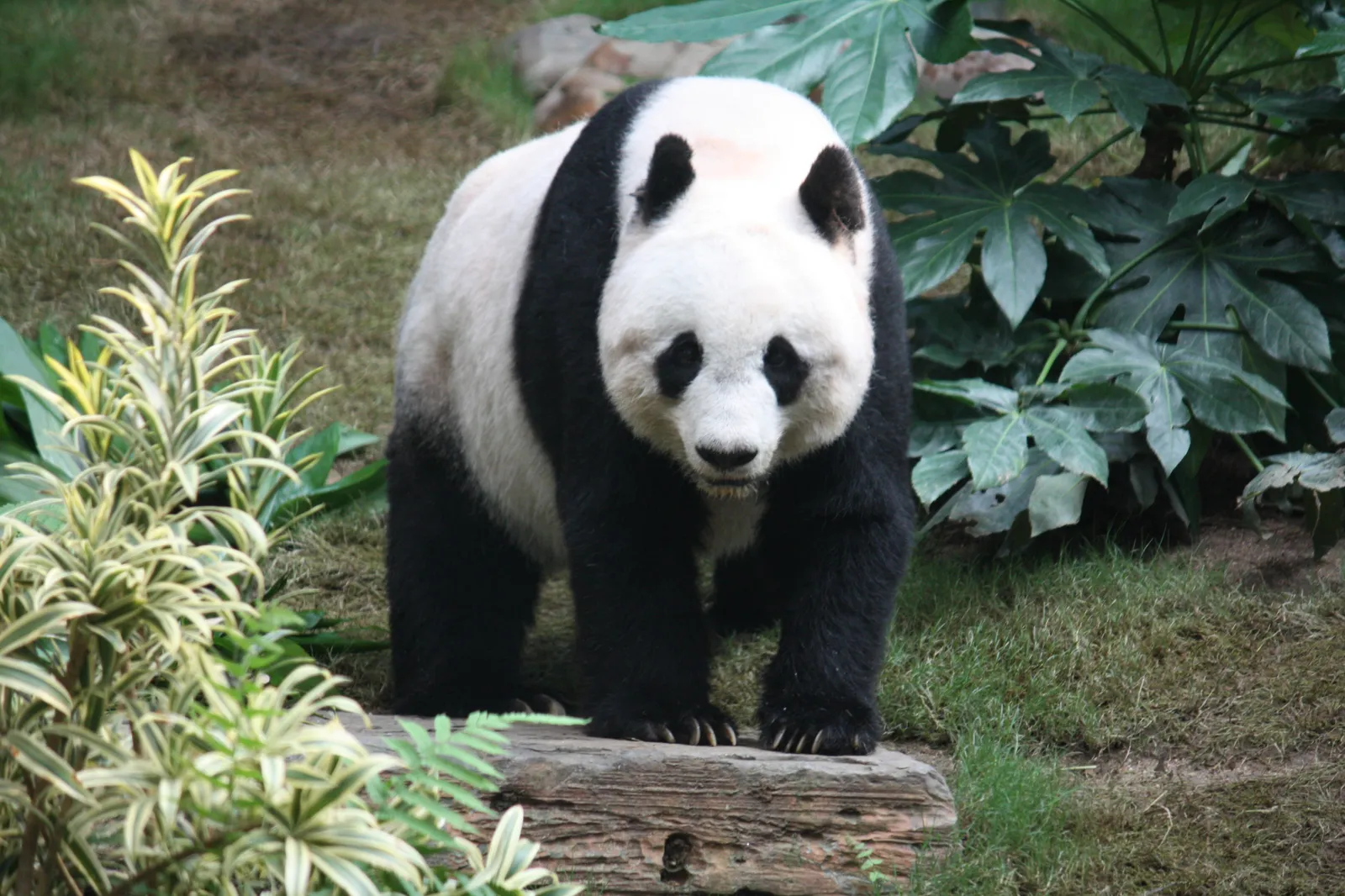World Wildlife Fund (WWF)

World Wildlife Fund (WWF): Guardians of Nature
The World Wildlife Fund, universally known by its iconic abbreviation WWF, stands as one of the most influential and recognisable conservation organisations in the world. Since its inception, WWF has spearheaded global efforts to protect the planet's most vulnerable species, preserve critical habitats, and inspire people everywhere to live in harmony with nature.
Exploring the Mission, History, and Impact of One of the World’s Leading Conservation Organisations
THE WWF's reach extends across continents and oceans, advocating for environmental stewardship, scientific research, and sustainable development. This document will delve into the origins, mission, activities, achievements, and enduring significance of WWF, shedding light on how this organisation has become a beacon of hope for Earth’s biodiversity.
Origins and History
WWF was officially established on 29 April 1961 in Morges, Switzerland, by a group of passionate naturalists, scientists, and business leaders concerned about the accelerating loss of natural habitats and wildlife. Founders such as Sir Julian Huxley, Sir Peter Scott, and Max Nicholson understood the urgent need for an international effort to support conservation initiatives at a time when environmental consciousness was still in its infancy.
The inspiration for WWF came from a call to action called the Morges Manifesto, which recognised the need for funding and coordinated action to protect the natural world. WWF was created as a charitable trust to raise funds and channel support to ongoing conservation projects. The organisation quickly gained international prominence, with its instantly recognisable logo—a black-and-white panda inspired by Chi-Chi, a giant panda at the London Zoo—becoming synonymous with wildlife conservation globally.
Mission and Core Values
At its heart, WWF’s mission is “to stop the degradation of the planet’s natural environment and to build a future in which people live in harmony with nature.” This overarching vision is underpinned by several core objectives:
- Conserving the world’s biological diversity
- Ensuring that the use of renewable natural resources is sustainable
- Promoting the reduction of pollution and wasteful consumption
WWF operates with the belief that protecting nature is not just about preserving wildlife, but also about safeguarding the well-being, livelihoods, and future of humanity. The organisation champions practical solutions that benefit both people and the planet, guided by principles of integrity, respect for local cultures and knowledge, evidence-based practice, and global collaboration.

Photo credit by J. Patrick Fischer
Areas of Focus
WWF’s work spans a vast range of conservation priorities. The following are some of its primary areas of focus:
Species Conservation
WWF is best known for its efforts to protect endangered species, from charismatic megafauna like tigers, elephants, rhinos, and whales, to lesser-known but equally vital creatures such as amphibians and insects. Its campaigns involve habitat protection, anti-poaching initiatives, population monitoring, and fostering human-wildlife coexistence.
Habitat and Ecosystem Protection
Safeguarding critical habitats—from rainforests and savannahs to oceans, rivers, and wetlands—is a central tenet of WWF’s strategy. The organisation works to establish and manage protected areas, restore degraded landscapes, and promote sustainable land-use practices that balance human needs with ecological health.
Climate Change
Recognising climate change as one of the greatest threats to life on Earth, WWF engages in global advocacy and action to mitigate its effects. This includes promoting renewable energy, forest conservation, climate adaptation strategies, and influencing policy at the highest levels to reduce greenhouse gas emissions.
Sustainable Development
WWF collaborates with governments, businesses, and communities to develop economic models that support both environmental and human prosperity. Initiatives include sustainable agriculture, responsible fisheries, green finance, and supporting indigenous rights and knowledge.
Freshwater and Marine Conservation
Oceans, lakes, and rivers are crucial for both wildlife and people. WWF works to safeguard aquatic biodiversity, ensure sustainable fisheries, restore river systems, and combat pollution and over-extraction of water resources.
Notable Achievements
Over the decades, WWF has been instrumental in many landmark conservation victories. Among its achievements are:
- Supporting the establishment of thousands of protected areas, including some of the world’s most iconic national parks and reserves
- Helping to bring several species back from the brink of extinction—such as the giant panda, black rhino, and Amur tiger—through intensive management and international cooperation
- Influencing global treaties and agreements, such as the Convention on International Trade in Endangered Species (CITES) and the Paris Climate Agreement
- Launching innovative initiatives like Earth Hour, a global lights-out event to raise awareness of climate change and energy conservation
- Partnering with corporations to promote sustainable sourcing of commodities like palm oil, seafood, paper, and timber
Global Presence and Partnerships
WWF operates as a global network, with offices in more than 100 countries and over 5 million supporters worldwide. Each national office addresses local conservation challenges, while collaborating on global priorities. WWF’s strength lies in its ability to form effective partnerships—with governments, communities, international agencies, academic institutions, and the private sector. Through these alliances, WWF amplifies its reach and impact, leveraging resources and expertise to address the most pressing environmental issues.
Education and Community Engagement
Education is a cornerstone of WWF’s approach. The organisation invests heavily in awareness campaigns, school programmes, and community initiatives that empower people to become stewards of the environment. WWF also places a strong emphasis on indigenous knowledge and participatory conservation, recognising that local communities are often the best guardians of their natural heritage.
Challenges and Criticisms
Like many large NGOs, WWF has faced its share of challenges and criticisms. Some critics argue that its partnerships with corporations may compromise its standards, while others have raised concerns about the effectiveness of certain programmes or the displacement of local communities. WWF responds by striving for transparency, improving stakeholder engagement, and continuously evaluating and adapting its methods in pursuit of the greatest conservation impact.
Looking Forward: The Future of WWF
As the world faces unprecedented environmental challenges, from accelerated species loss to global climate crises, WWF’s mission remains as urgent as ever. The organisation is evolving its strategies to focus on large-scale, systemic change—addressing not only immediate conservation needs, but also the underlying drivers of environmental degradation, such as unsustainable consumption and inequitable development.
Innovation, inclusivity, and collaboration are at the heart of WWF’s vision for the future. The organisation continues to call on individuals, institutions, and nations to work together, fostering a global movement for nature that transcends borders and ideologies.
For over sixty years, the World Wildlife Fund has been a steadfast protector of the natural world. Through advocacy, action, and education, it has nurtured a deeper understanding of humanity’s relationship with nature and inspired millions to take up the cause of conservation. As threats to our planet intensify, WWF’s commitment to a future where people and nature thrive together offers not only hope, but a vital path forward for all life on Earth.